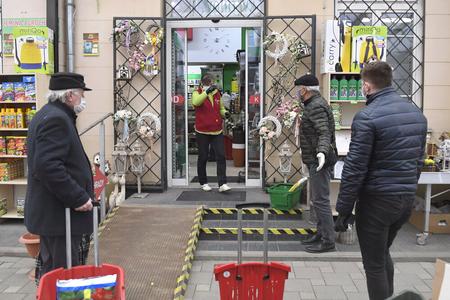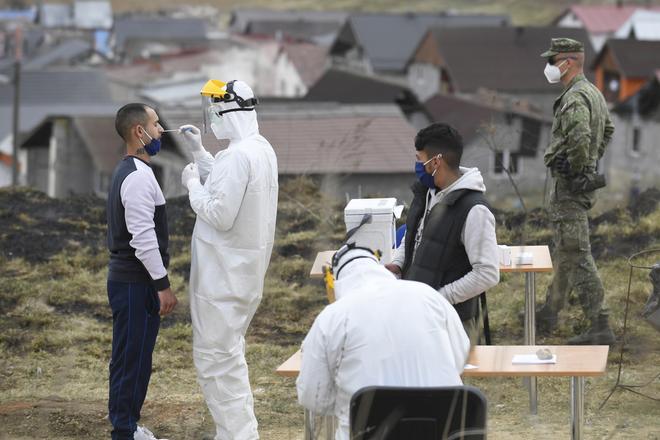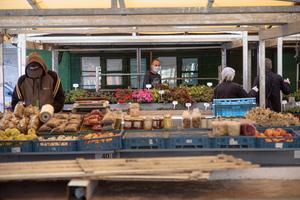After long weeks marked by limitations, when most inhabitants of Slovakia spent their days confined to their homes and many were unable to go to work, to do their shopping or meet their relatives, there is some positive news for the country.
The disciplined attitude of most inhabitants has helped significantly lower the spread of the new coronavirus, and the time has come for a controlled exit strategy to be applied.
The Institute for Health Policy think tank running under the Health Ministry states this in their third updated prognosis for the country, which they presented on Thursday afternoon.
The institute analysts, however, say it is not wise to be too optimistic right now. If a mass violations of the measures that apply in Slovakia occur, the epidemic might quickly worsen again.

At the moment analysts see the biggest problem in the marginalised Roma communities and in retirement homes. That is where the virus spreads more than among the majority population. Not only do the inhabitants of settlements and clients of retirement homes run a higher risk of contracting COVID-19, but the illness also might be harder on their health and even pose a risk to their life. Analysts therefore recommend further measures to focus on these groups of inhabitants.
The institute also managed to prove that the total lockdown that PM Igor Matovič (OĽaNO) proposed for Slovakia a few weeks ago would not solve anything.
Complete isolation of people older than 70 years, the most at-risk demographic group, would also have a minor effect on the epidemic and its development.
The updated prognosis of the coronavirus epidemic in Slovakia describes three scenarios.
We have dropped below the critical rate of SARS-CoV-2 spread
It seems that the main benefit of the weeks-long stringent measures is that the reproduction number of the coronavirus, known to epidemiologists as the R0 factor, has been lowered in Slovakia.


 Testing in the marginalised Roma communities in eastern Slovakia. (source: TASR)
Testing in the marginalised Roma communities in eastern Slovakia. (source: TASR)


